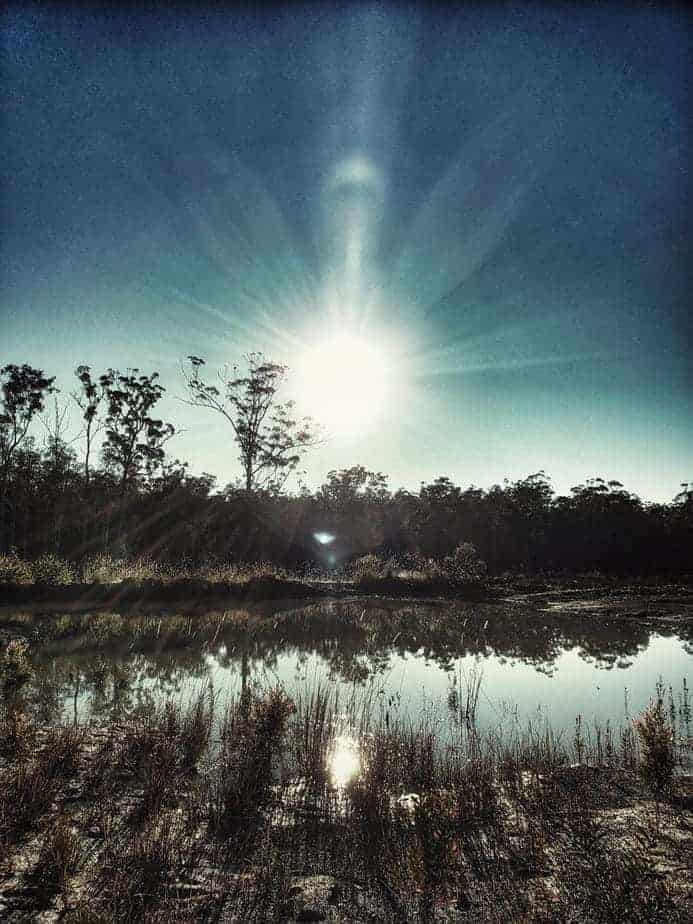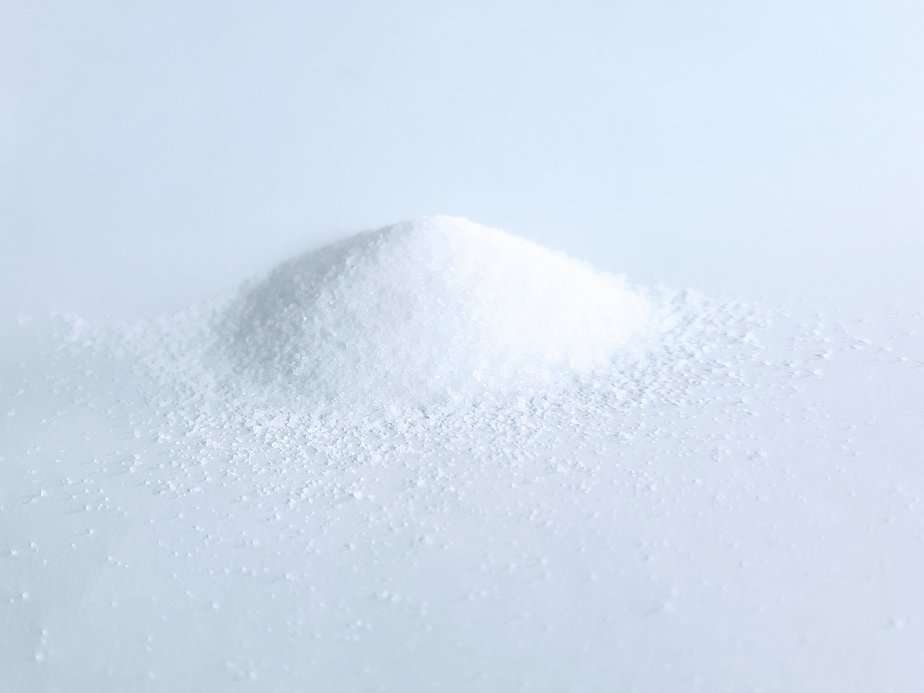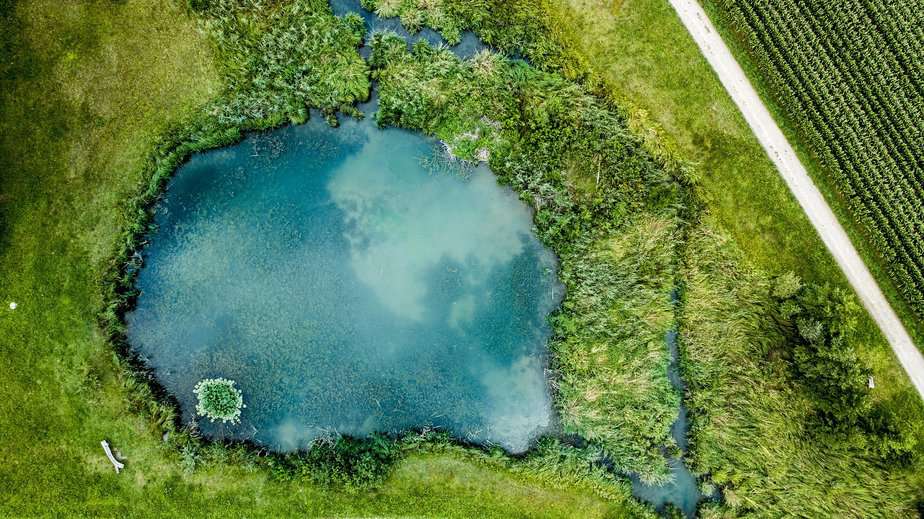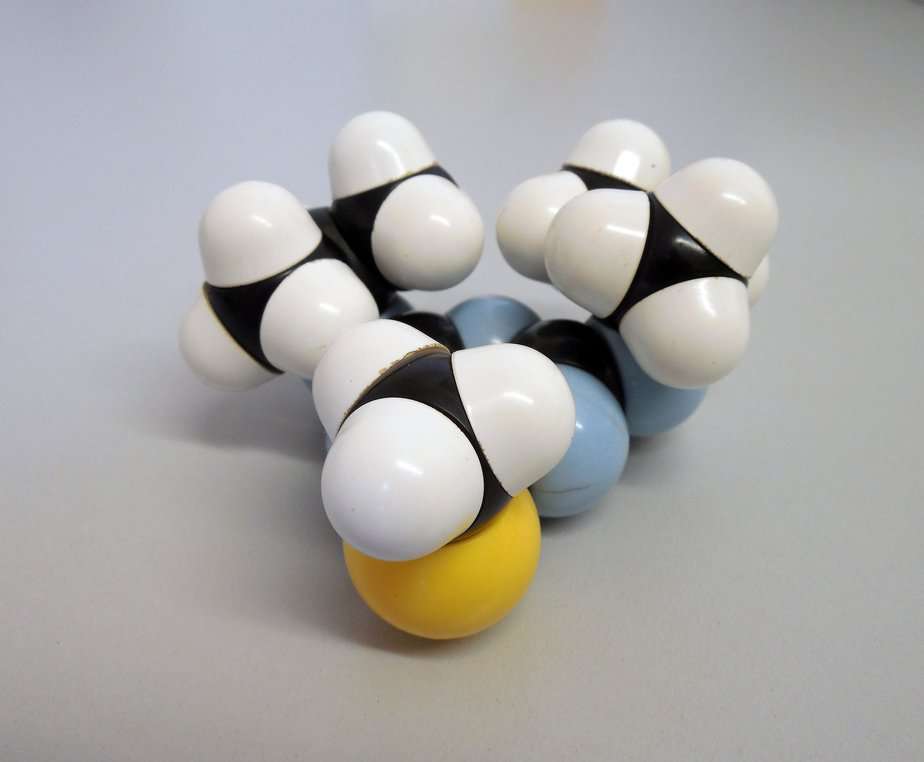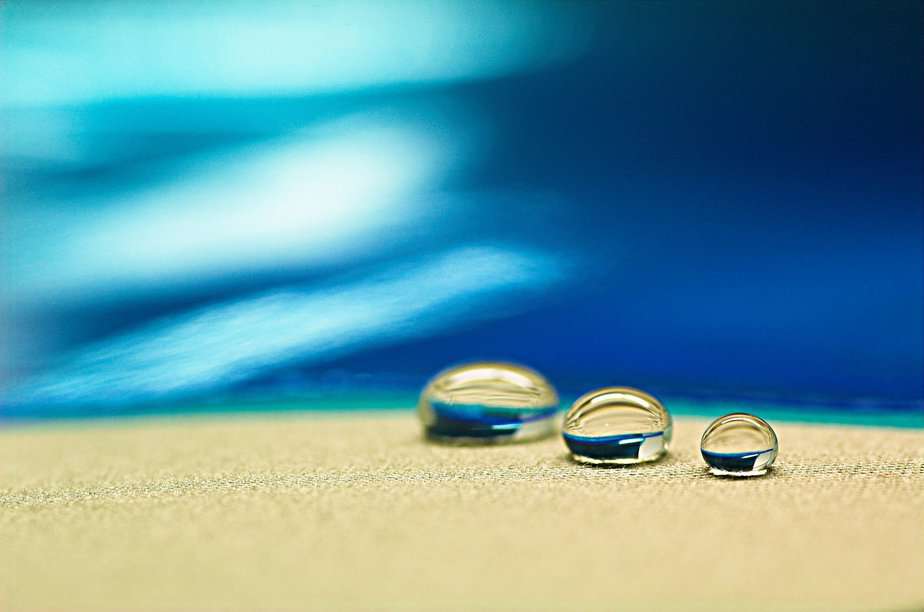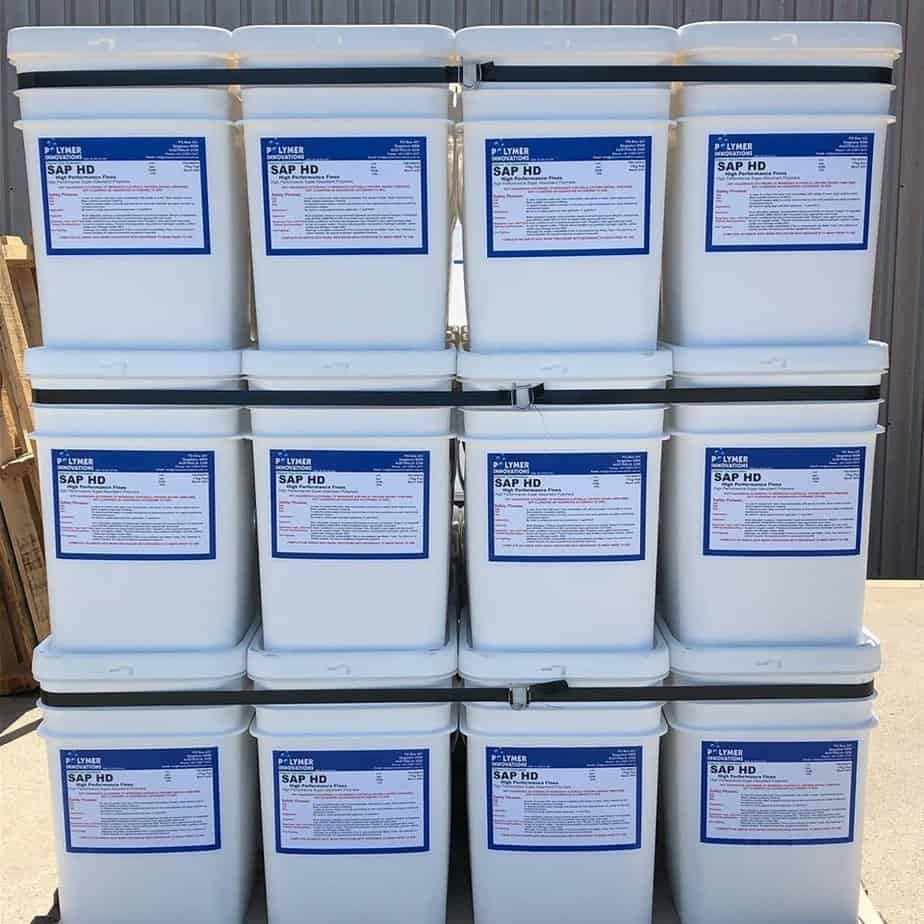In the world of dam repairs, superabsorbent polymers have their place but are far from being a universal solution. Dams play a crucial role in water security management, providing water storage, flood control, and hydropower generation. However, over time, these critical infrastructure elements can develop leaks, posing significant risks to downstream communities and ecosystems. Recently, there has been considerable PR surrounding the use of superabsorbent polymers as a solution for sealing dam leaks. These polymers are marketed by companies such as Polymer Innovations, Prozyme, Shalex and Triox as a revolutionary way to address the problem swiftly and cost-effectively. But is this hype justified?
Tag Archives: dam sealing
Polymer Innovations’ advertising of Water$ave may present an appealing solution to the pressing issue of dam leakage. But, before purchasing the product, it’s imperative to investigate it thoroughly and treat these claims with scepticism.
Water$ave by Polymer Innovations claims to be a revolutionary dam sealing product, promising to solve water leakage issues in dams and reservoirs. The company’s advertisements showcase lush, green landscapes contrasting with barren, cracked earth to emphasize the dramatic transformation their product can achieve. While the promise of a quick and cost-effective solution to dam leakage may seem appealing, it’s crucial to scrutinize how Polymer Innovations advertises Water$ave and maintain a healthy dose of skepticism.
Superabsorbent polymers (SAPs) such as Polymer Innovations Watersave product are unsuitable for dam sealing due to their to provide a durable, reliable seal, their potential incompatibility with dam materials, and their challenges in achieving uniform coverage over large and irregular dam surfaces.
When it comes to the essential task of dam sealing, ensuring the structural integrity and water-tightness of these vital infrastructure components is of paramount importance. Various methods and materials have been employed to achieve this, but one that has piqued interest in recent years is superabsorbent polymers (SAPs). In this blog post, we’ll delve into what superabsorbent polymers are, how they work, and why they often prove inadequate for dam sealing projects.
In evaluating the effectiveness of dam sealing products, it’s crucial to navigate through a complex array of factors, including product composition, application methods, environmental impact, and long-term performance. The industry is full of various solutions, each with its own set of promises and backed by varying degrees of scientific research and customer testimonials. Let’s delve into these considerations.
Water is one of our planet’s most valuable resources, and managing it effectively is crucial. Dams play a significant role in water management, storing water for a variety of uses, including hydroelectric power production, drinking water supply, and irrigation.
However, dams are not immune to issues, and leakage is one of the most prevalent problems they face. While there are solutions available to address dam leakage, it’s essential to understand that Watersave, a polymer-based product known for its water retention capabilities, may not be the panacea for this particular challenge.
In this blog post, I’ll look at the complexities of dam leakage and why Watersave may not be the solution you’re looking for.
Super absorbent polymers (SAPs) are remarkable materials with the ability to absorb and retain large amounts of liquid relative to their own mass. They have found a wide range of applications in various industries, including agriculture, hygiene products, and packaging. While SAPs offer numerous benefits, their production involves the use of specific chemicals and may have potential negative consequences for the environment. In this blog, we will explore how super absorbent polymers are made, the chemicals used in their manufacture, and the possible environmental implications associated with their production and use.
Note: Polymer Innovations have twice threatened to sue me for defamation because I write about my long experience with their disappointed customers and their products. You can read about their threats here
A leaking dam can be a significant cause of concern for landowners. The loss of precious water resources and potential damage to the surrounding ecosystem can lead many to seek quick fixes. Polymer sealers, often marketed as a solution to dam leakage, promise a straightforward remedy. However, the reality is more complex. In this blog post, we’ll explore why polymer sealers may not work as expected when your dam is leaking and offer insights into alternative solutions for dam repair.
Constructing a dam is no small feat, and one of the most critical steps in ensuring its effectiveness is proper sealing. Dams, especially earthen ones, require an impervious barrier to prevent water seepage, which could weaken the structure and reduce its water storage capacity. Clay, with its fine particles and unique plasticity, has been used as a sealing material for centuries. But not all clays are created equal. In this article, we delve into the right types of clay to use when sealing a new dam.

